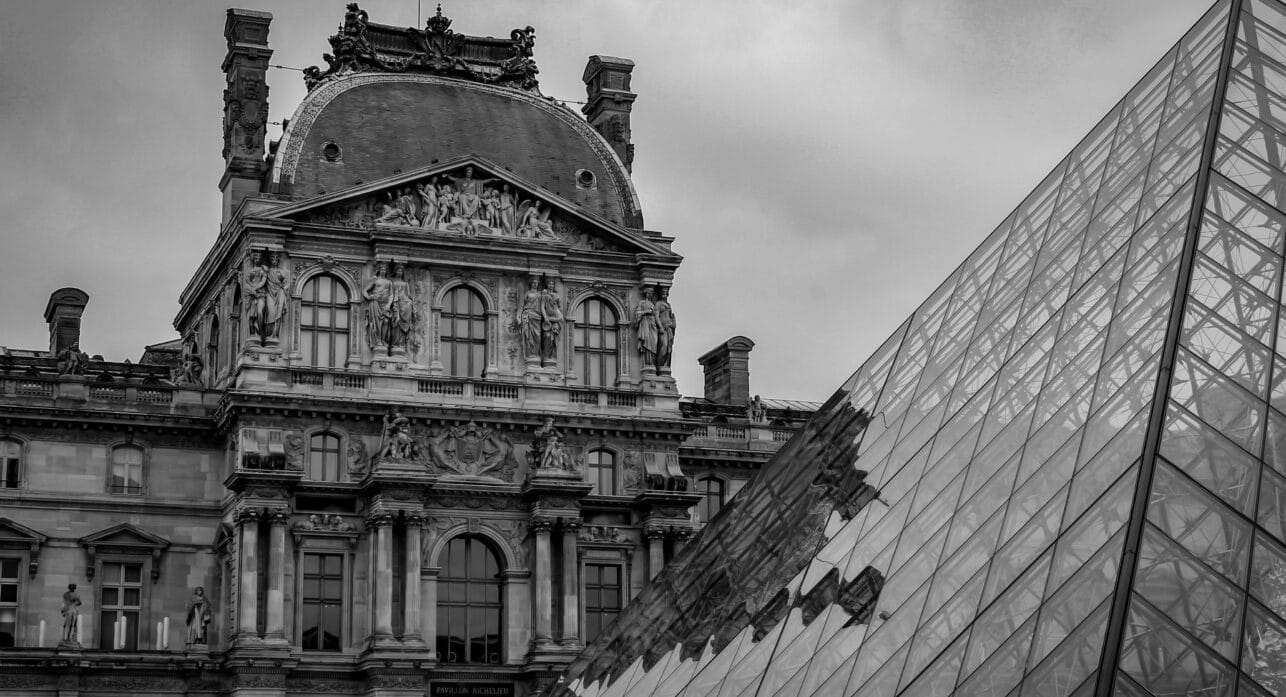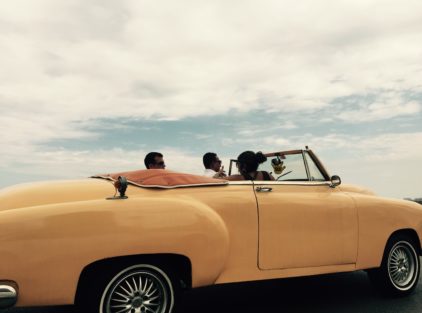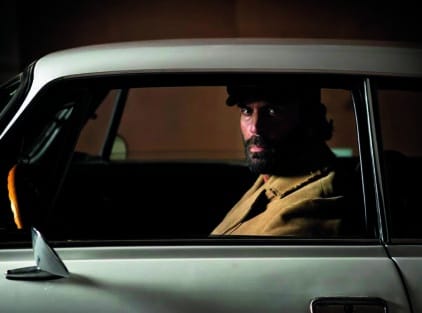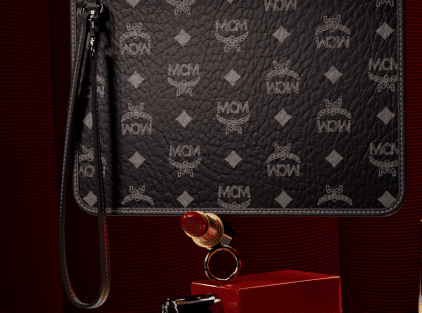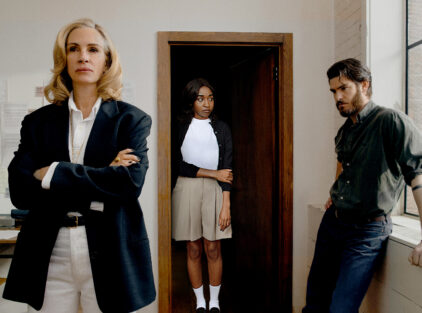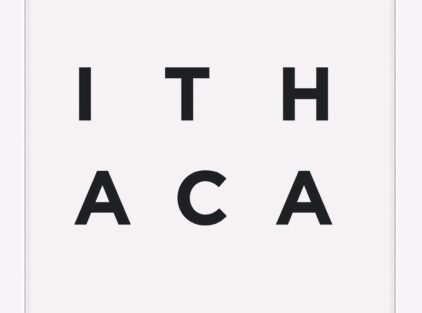by Christos Zabounis
The value of the royal jewels stolen a few days ago from the Musée du Louvre is estimated at 88 million euros, while the “Tatoi Collections,” which can be explored on its dedicated digital platform, include around 70,000 items. In the first case, the value is truly priceless due to the historical significance of the bijoux; in the second, it seems more a case of sensationalism, since even the books are counted. The differences between the two palaces are equally striking. The Louvre, even back when it served as a royal residence, housed works of art — and today, it is the most visited museum in the world (8,700,000 visitors). Tatoi, by contrast, was purchased in 1877 by King George I with funds from the family of his wife, Olga — niece of the Tsar of Russia — to serve as a country retreat. Those who have visited it are often disappointed by its modest size, as one tends to imagine “palaces” rather differently. It is worth emphasizing another crucial distinction between the two estates. For decades now, the Louvre has been repurchasing the royal jewels that the French Republic sold in 1884, as it considers them part of the nation’s cultural heritage. The Greek Republic, however, after 1974, has allowed Tatoi to decay. It is remarkable — and troubling — how we have handled not only the royal property that passed illegally into public ownership (see the condemnation by the European Court of Human Rights and the compensation paid from taxpayers’ money), but also the Olympic venues, which should, as in Barcelona, stand as landmarks of national pride. Let me close on a hopeful note: after half a century of deterioration and theft, Tatoi is finally being restored. At the Louvre, they are still searching for the thieves.
